If you’re new to 3D print, you’ve probably heard about PLA filament—one of the most widely used and beginner-friendly materials. But why is it so popular?
Introduction: Why PLA is a Top Choice for 3D Print
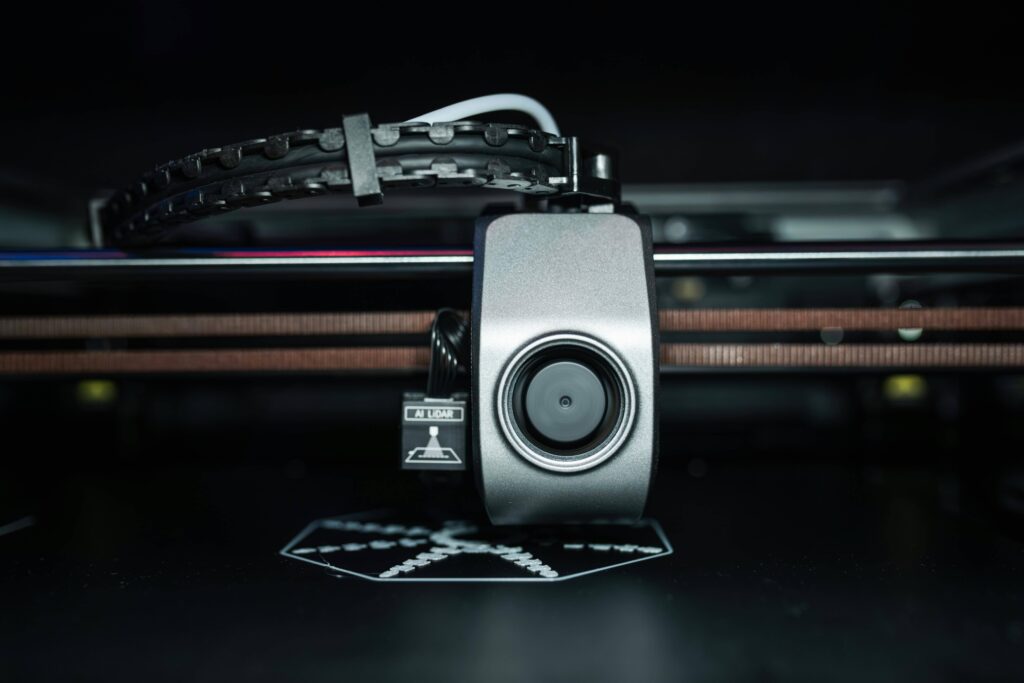
PLA (Polylactic Acid) is a go-to 3D print filament because it’s easy to use, affordable and available in a variety of colors and finishes, including black PLA, blue, green, orange, purple, silk and even glow-in-the-dark variations (check out different colors and possibilities on Amazon). Whether you’re printing functional parts or artistic creations, PLA makes the process smooth and hassle-free.
In Summary – Why Choose PLA Filament?
✔ Easy to Print – Works at lower temperatures (190-220°C) and doesn’t need a heated bed.
✔ Minimal Warping – Unlike ABS, PLA doesn’t warp, making it ideal for open-frame printers.
✔ Great Aesthetic Appeal – Available in vibrant colors and special finishes.
✔ Affordable – One of the most budget-friendly filaments on the market.
✔ Eco-Friendly – Biodegradable under industrial composting conditions.
However, PLA has some limitations, especially in heat resistance, durability and water exposure. Let’s explore its best applications and when you might need to switch to another 3D printer filament.
Best Uses for PLA in 3D Printing
1. Home & Office Accessories
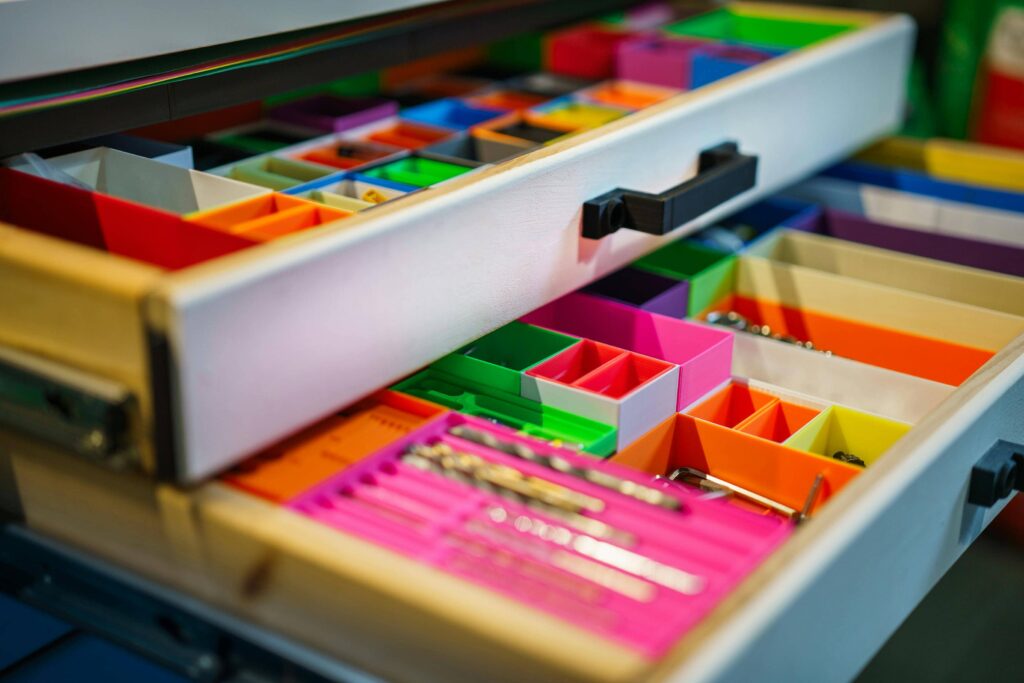
PLA is perfect for light-duty household and office items, including:
📌 Desk Organizers – Print custom storage boxes, pen holders and cable management solutions.
📌 Wall Mounts & Hooks – Ideal for key holders, picture brackets and lightweight wall fixtures.
📌 Plant Pots & Holders – Stylish for indoor gardening (avoid direct sunlight).
📌 Phone Stands & Docking Stations – Keeps your devices neatly arranged.
📌 Decorative Items – Create stunning 3D prints like vases, figurines and sculptures.
2. Prototyping & Educational Models
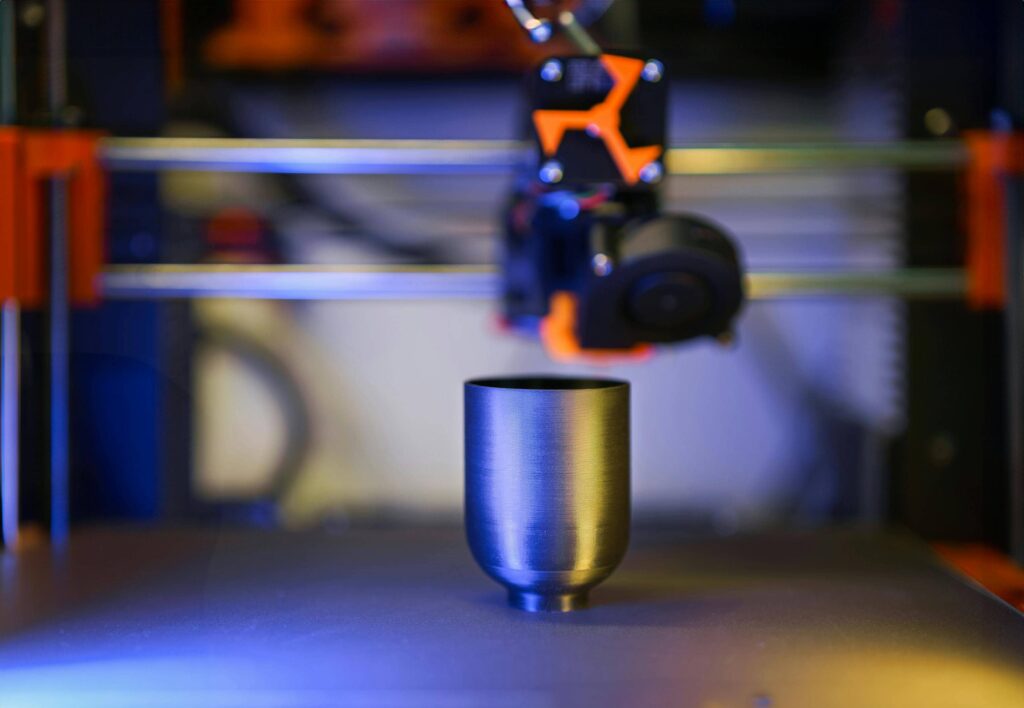
PLA’s reliability makes it a top choice for rapid prototyping and learning applications:
🛠 Concept Models – Great for testing designs before final production.
📚 Educational Aids – Used in schools for making geometric shapes, molecular models and historical replicas.
🎭 DIY Projects & Hobbies – From cosplay props to board game pieces: PLA brings ideas to life.
3. Toys & Miniatures
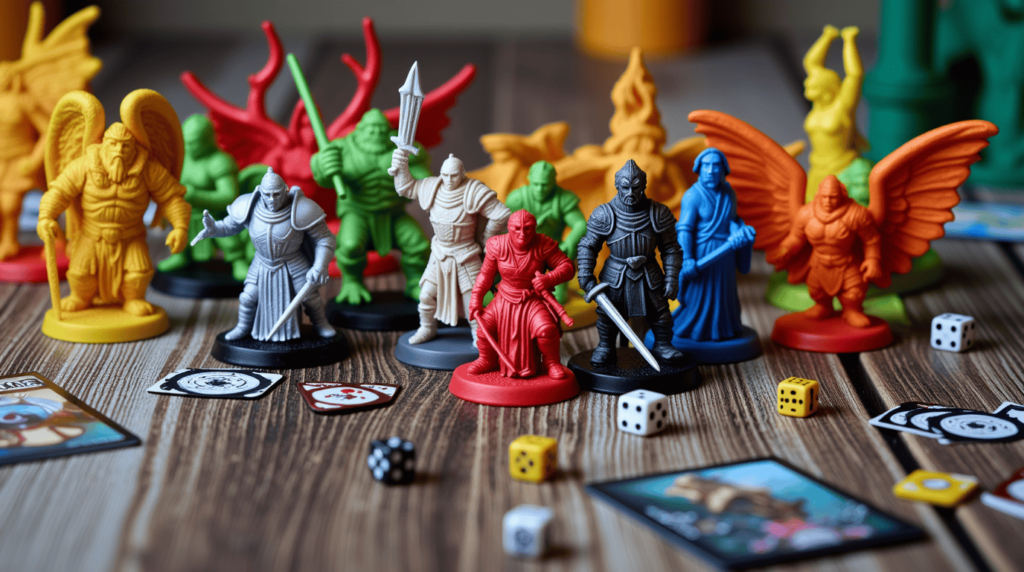
Hobbyists and gamers love using PLA filament for custom 3D-printed parts:
🎲 Board Game Accessories – Custom dice, tokens and storage organizers.
🛡 Miniatures – Perfect for tabletop gaming figurines, including D&D characters.
🧩 3D Puzzles & Fidget Toys – Great for STEM learning and stress relief.
🏠 Dollhouse & Model Parts – Scaled-down furniture and intricate model accessories.
4. Household Repairs & Custom Tools
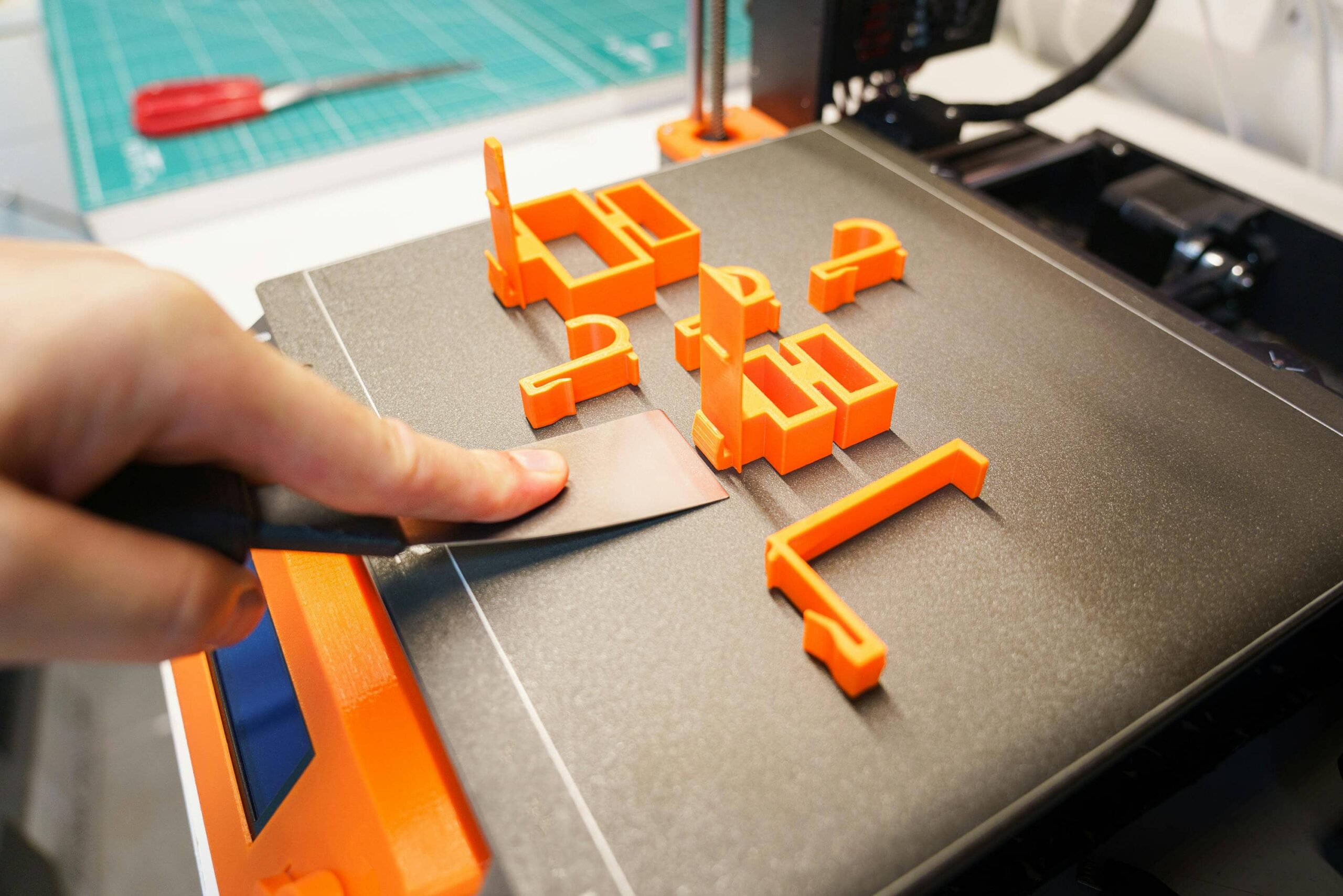
Need a quick fix? PLA works well for small home repairs and tool-making:
🔩 Replacement Parts – Print light-duty knobs, clips and brackets.
⚙ Custom Fixtures – Perfect for creating hangers, spacers and adapters.
📏 Measuring Tools – Calipers, rulers and levelers for precision work.
5. Aquarium Decor & Accessories (Use with Caution)
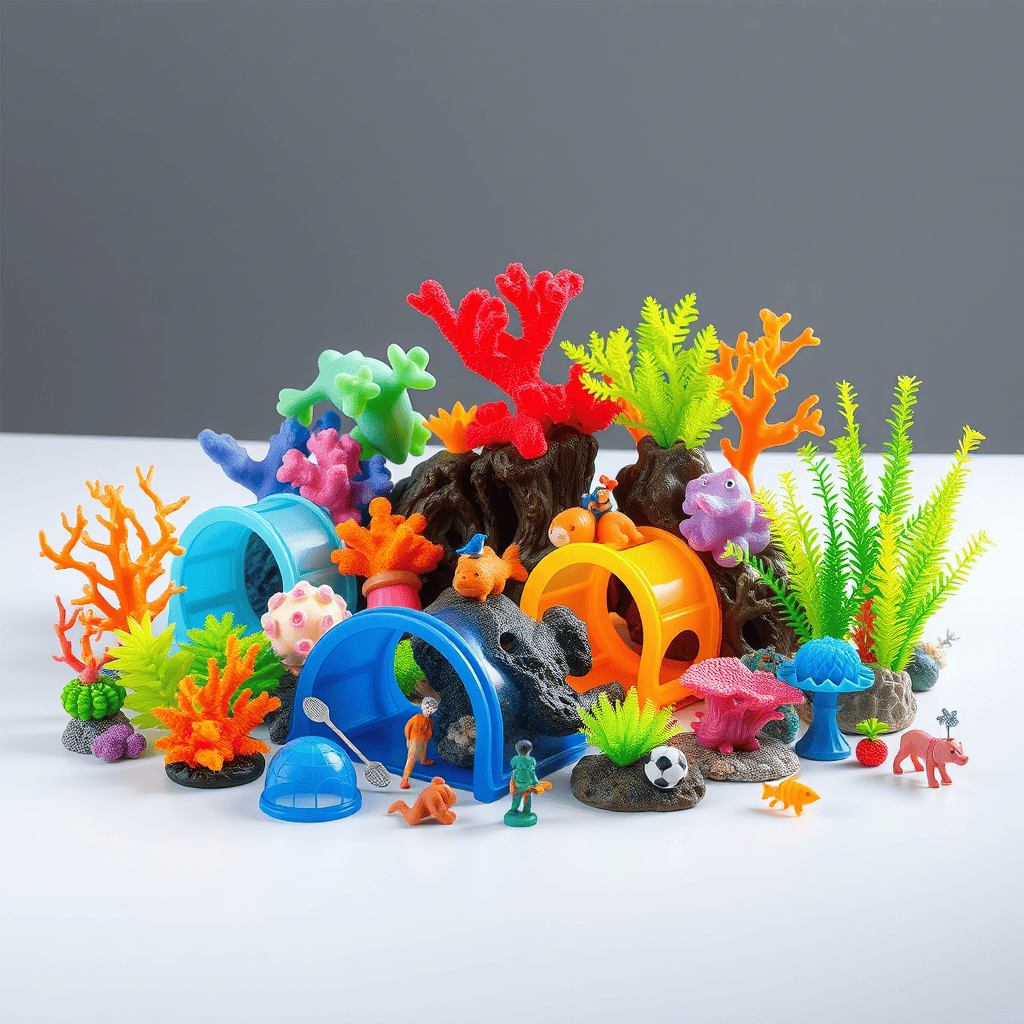
If you’re considering using PLA filament for aquarium-safe 3D prints, here’s what you need to know:
✔ Safe for Fish – PLA is non-toxic and can be submerged in water without harming aquatic life.
❌ Becomes Brittle Over Time – Long-term water exposure can weaken PLA, making it prone to breaking.
PLA is good for:
🐠 Decorative Caves & Hides – Great for fish and shrimp tanks, as long as they remain undisturbed.
🌿 Above-Water Decorations – Perfect for aquarium rocks, bridges and structures outside the water.
🐢 Floating Platforms – Useful for turtles and amphibians needing a dry resting spot.
🔖 Custom Nameplates & Tags – Ideal for personalizing fish tanks.
🥄 Feeding Rings – Helps keep floating food in one place for easy feeding.
6. Terrarium Decor & Accessories (Perfect for PLA!)
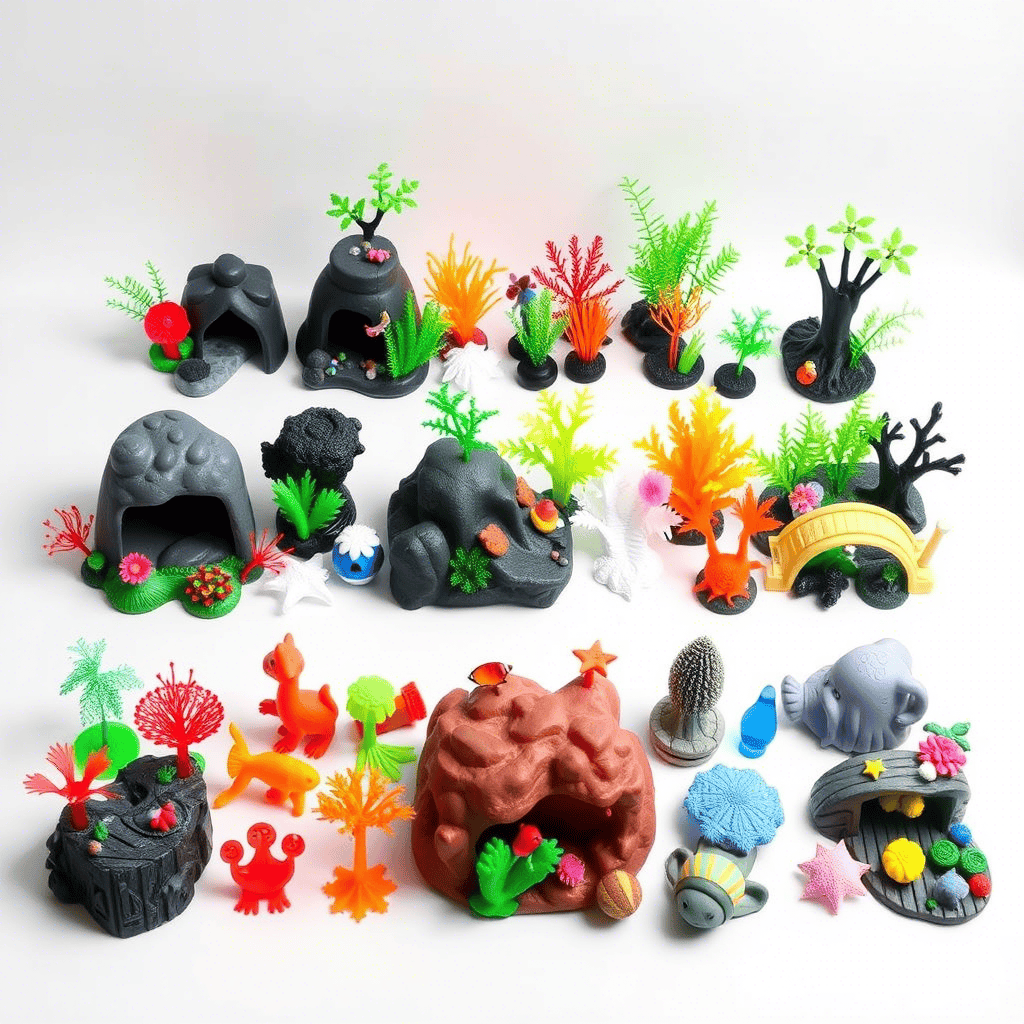
Terrariums are less humid than aquariums, making them ideal for PLA filament prints:
🏡 Hides & Caves – Great for reptiles, snakes, insects and spiders.
🌱 Plant Holders & Clips – Helps arrange plants in unique layouts.
🎭 Themed Decorations – Custom rocks, logs and figurines to add personality.
💧 Water Dishes (For Dry Enclosures Only) – Avoid constant moisture exposure.
Want to see real cool Aquarium & Terrarium designs? Check them out in the topic TOP10 3D Printed Aquarium Accessories and Terrarium Designs for 2025 – Don’t Miss Out!
When PLA is NOT the Best Choice
While PLA filament is great for many applications, there are some situations where it won’t perform well:
❌ 1. Water Exposure Over Time
PLA absorbs moisture and can become brittle if submerged for too long.
✔ Solution: If you need a food-safe 3D printer filament or something for long-term water use, consider PETG or seal PLA prints with epoxy resin for added durability.
❌ 2. Heat Sensitivity
PLA softens at 60°C (140°F), meaning it warps easily in:
- Direct sunlight
- Hot cars
- Near heaters or appliances
✔ Solution: Use ABS or PETG for high-heat applications.
❌ 3. Humidity & Long-Term Durability
PLA can degrade over time in humid environments, leading to cracks and brittleness.
✔ Solution: PETG is a better option for moisture-prone settings.
❌ 4. Mechanical Stress & Strength
PLA is not the strongest filament and can snap under high stress.
✔ Solution: For flexible or impact-resistant parts, consider TPU (flexible) or ABS (strong).
Best Alternatives to PLA Filament
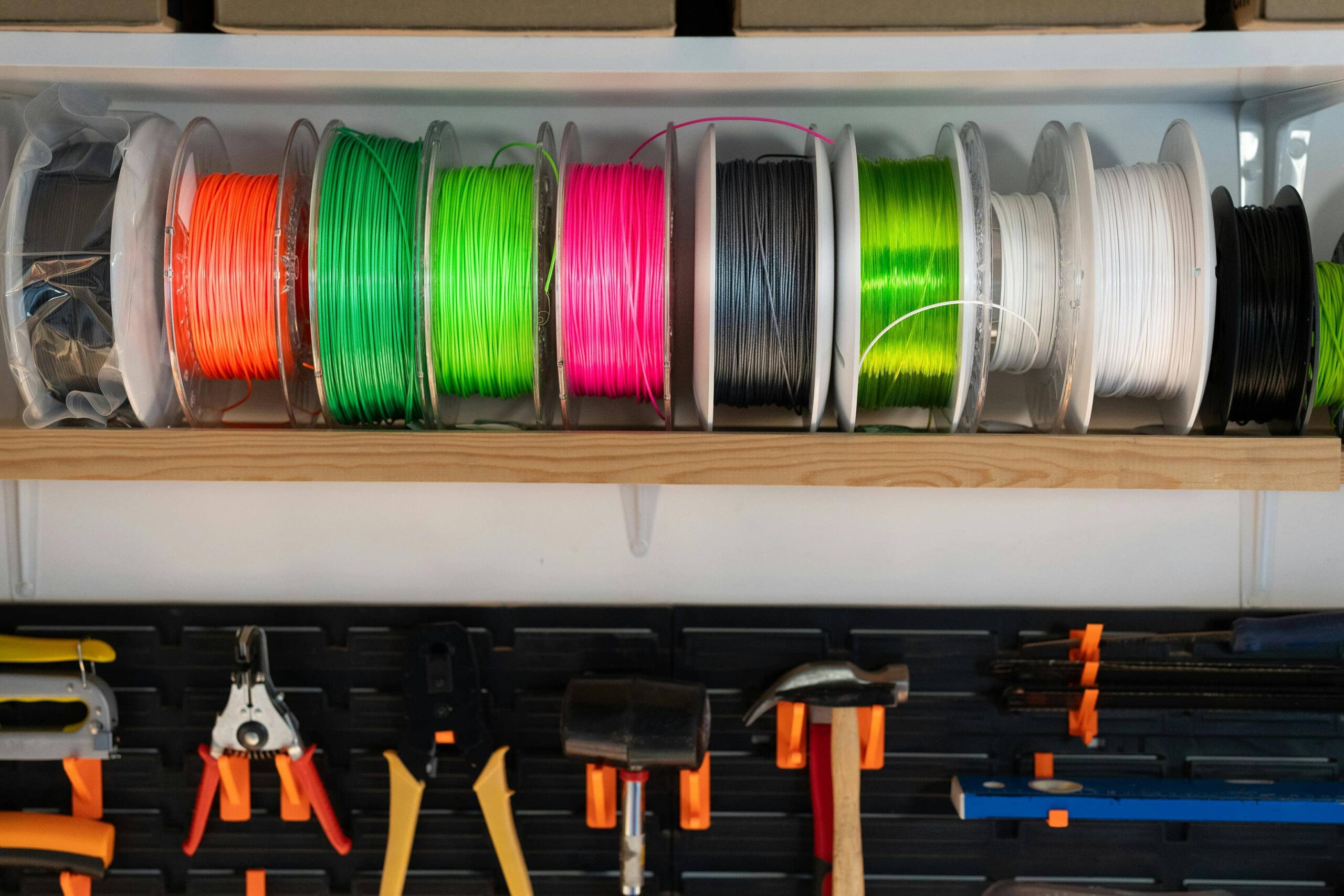
If PLA filament isn’t right for your project, here are other options based on your needs:
| Filament Type | Best For | Pros | Cons |
|---|---|---|---|
| PETG | Aquariums, outdoor use, food-safe 3D prints | Water-resistant, strong, durable | Slightly harder to print, requires higher temperatures |
| ABS | High-heat applications, mechanical parts | Heat-resistant, strong | Prone to warping, needs good ventilation |
| TPU | Flexible prints, shock absorption | Bendable, impact-resistant | Requires special printer settings |
If you are looking for the best filament choice to use in Aquarium or Terrarium – check out this topic to deep dive into the 3D Printing Materials: Safe and Unsafe Choices for Aquariums and Terrariums
Final Thoughts: Choosing the Right 3D Printer Filament
If you’re looking for an easy-to-use, budget-friendly and versatile material, PLA filament is an excellent choice—especially if you’re just getting started with 3D printing. It works well for:
✅ Decorative prints
✅ Prototypes & educational models
✅ Toys, household accessories & terrarium decorations
However, for heat resistance, water exposure or durability materials like PETG, ABS and TPU might be better.
No matter what you’re printing, choosing the right 3D printer filament will ensure your designs last longer and perform better!
🔥 What’s Filament you use Most? Share your experiences, tips, and questions in the comments below!
💡 Looking for more 3D-printing insights? Explore my blog for expert guides, valuable tips and must-know printing hacks. Start exploring now! 👇
- 3D Print Bed Adhesion — What Works Best To Avoid Failed 3D Print?
- Are Aquarium Caves Really Critical for Fish and Shrimp Health? Does 3D Print Decor make a Difference for your Aquatic Pets?
- Why Aquarium Plant Holders Are Changing the Game for Tree Lovers
- Stunning New Aquarium and Terrarium 3D Print Designs: Your Gateway to Profit and Creativity
- Why Matte PETG Is a Game-Changer for 3D Print Fish Tank Decor
